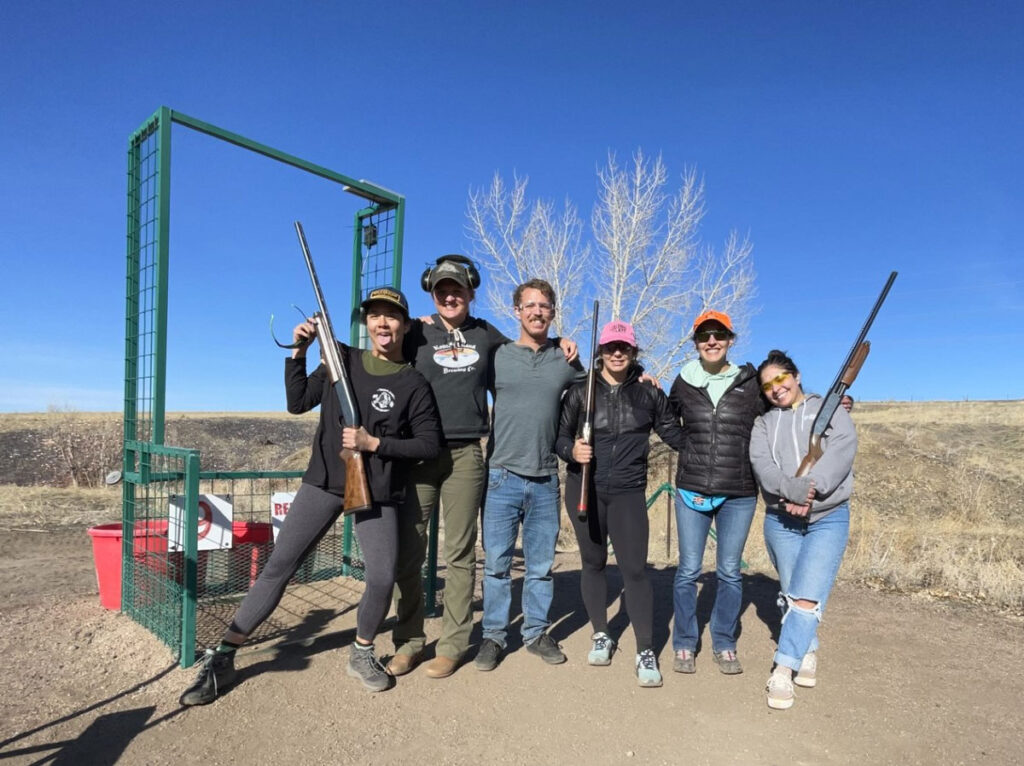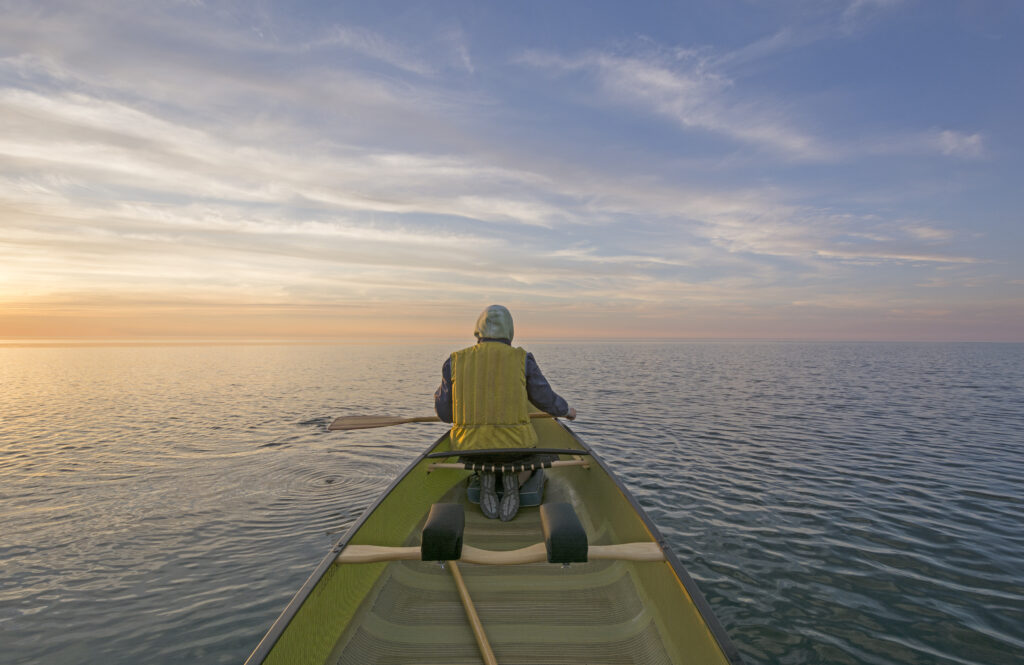A demographic breakdown
TRCP’s mission is to guarantee all Americans quality places to hunt and fish, and when I notice more people who look like me in the woods in camo in the fall or in waders throughout the year, it makes me really happy. Hunting is one of the most unique and grounding experiences I’ve ever had, and the people I’ve learned and hunted with similarly find it to be fun, rewarding, and empowering—all things I hope all Americans get the chance to experience if they so choose.
In 2023, a record-breaking 84,384 women and girls applied for Colorado big game hunting tags, and I’m looking forward to seeing what the 2024 data shows. Compare that to the 2016 primary draw, when 48,541 women and girls applied for Colorado deer, elk, pronghorn, moose, bighorn sheep, desert bighorn sheep, mountain goat, and bear tags. So since 2016, 35,843 more women from Colorado and out-of-state put their application strategies and luck to the test. Colorado’s big game license application numbers overall continue to break records, and women are keeping pace. The percentage of Colorado big game license applicants who self-reported as female has risen from 10.7% in 2016 to 11.2% in 2023.
While women still only make up about 11% of all Colorado big game license applicants, 84,000 women trying to harvest wild game in Colorado represents an enormous amount of preparation, skill development, curiosity, personal growth, and hopefully when it’s all said and done, good food in the freezer. We’re all out here to pursue fish and wildlife, learn, avoid emails, and enjoy quality time with people we like (or by ourselves!), and I’m here to celebrate it.

According to the U.S. Fish & Wildlife Service’s most recent National Survey of Fishing, Hunting, and Wildlife-Associated Recreation, 14.4 million people 16 years or older in the U.S. hunted in 2022, and 22 percent (3.1 million) were female, 1 percent (0.2 million) were another gender, and 77 percent (11 million) were male. Those numbers represent those who hunted (vs. simply applied to hunt) big game, small game, migratory birds, and other animals.
We are very fortunate to live in a state that’s over 40% public land where there’s a lot of theoretical access, but as you know it takes more than just public access to produce hunting success. We depend on access to quality habitat and healthy wildlife populations, and we rely on wildlife and land managers of many jurisdictions having the staff, funding, and ability to conserve, restore, and responsibly manage important wildlife habitat.
Colorado Parks and Wildlife and other partners have been working hard to research the seasonal and local migrations of Colorado’s big game animals, through studies that track collared animals, use photos from game cameras, and incorporate animal location survey data. We’ve learned how critical it is to conserve and connect key habitats such as migration corridors to ensure long-term viability of the populations we all care so much about. This is not possible without smart, high-level planning and policy decisions; habitat restoration work; wildlife crossing infrastructure that prevents wildlife-vehicle collisions; and key land acquisitions and easements—all of which requires financial resources.
When you purchase your hunting and fishing licenses, habitat stamp, duck stamps, and pay excise taxes on hunting and fishing gear, you’re helping ensure that Colorado Parks and Wildlife can continue to employ qualified and dedicated staff; complete habitat restoration and conservation projects; uphold wildlife laws; educate and empower people through programs supporting responsible hunting, fishing, shooting, and recreating; and collect data that informs critical research for responsibly managing wildlife populations. All of this is happening year-round, right here in-state.
Furthermore, the purchase of licenses, passes, fees, and permits comprise 66% of Colorado’s wildlife revenue, which makes the important work listed above possible and provides us with access to places like State Wildlife Areas and to State Trust Land Hunting and Fishing Access Program areas specifically for hunting and fishing. Additionally, the Habitat Stamps that hunters and anglers purchase each year have collectively generated $189 MILLION dollars to pay for public access easements, riverbank access, strategic land acquisitions, and conservation easements between 2006 and 2022, and additional Wildlife Habitat Program investments are made every year. These investments are made to simultaneously meet the needs of fish and wildlife populations, and the people who love to pursue and learn about them.
We’re lucky in Colorado that so many of us are willing to contribute every year to supporting science-based wildlife management that enhances our lives and our opportunities to hunt, fish, and enjoy the wild places we have left with the people we love.
A version of this blog was published as an op-ed in the Grand Junction Sentinel.






